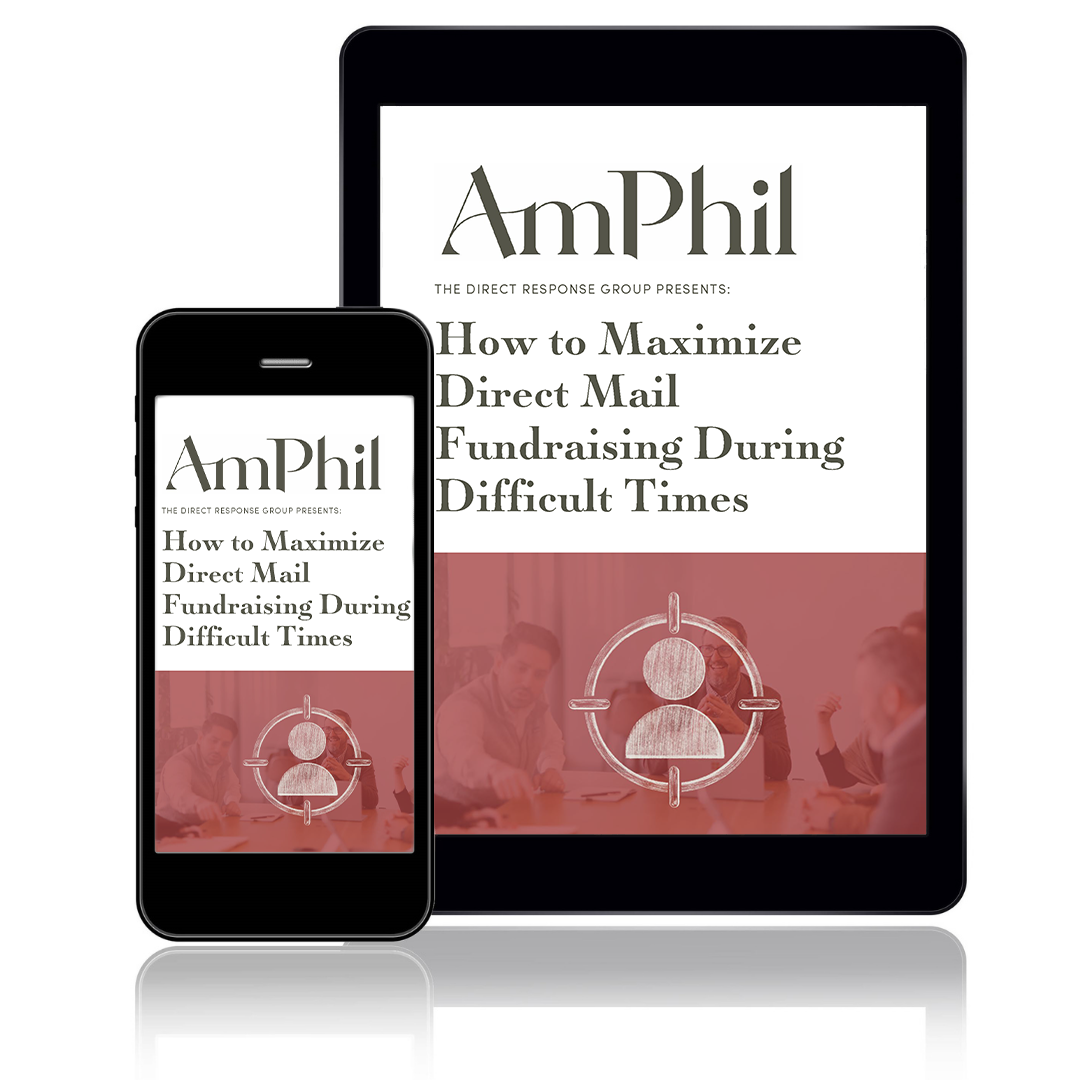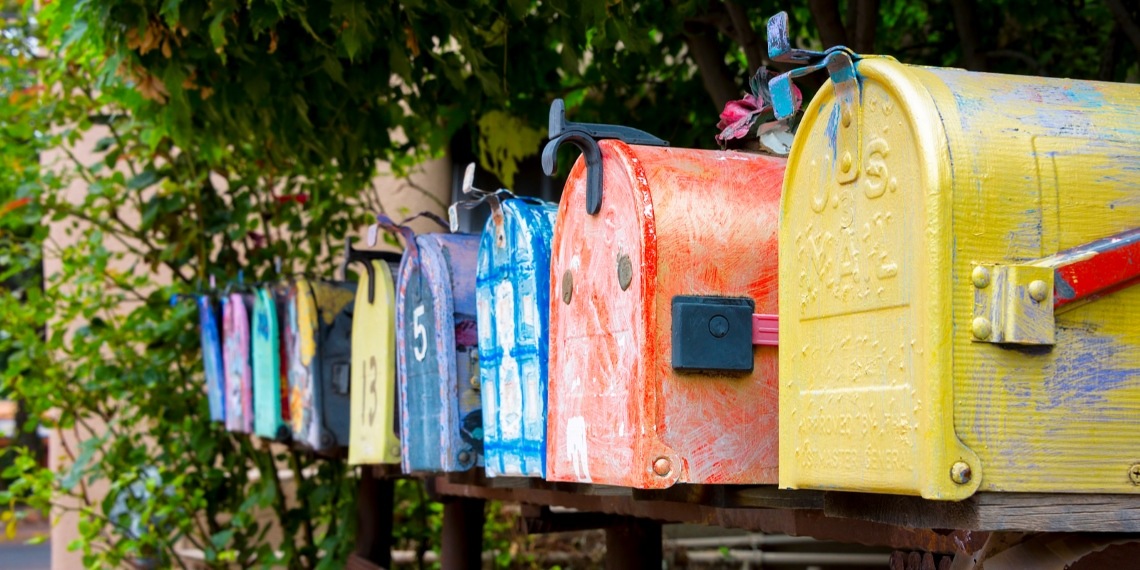
Development professionals love to hate on donor-advised funds. They can put walls in between you and your donors. They’re often confusing. They don’t want your tax receipts and gift acknowledgment. But like it or not, DAFs are here to stay—so don’t get mad, get smart.
First of all, DAFs are growing in number. From 2017 to 2019, the number of DAFs almost doubled, from 463,000 to 873,000, with the total assets held in DAFs growing from $110 billion to $140 billion.
During the same period, the average size of a DAF account shrank by 31% from $237,000 to $163,000. This means that DAFs are not the preserve of extremely wealthy donors, but that more modest donors are increasingly using this giving vehicle.
There are several reasons—flexibility and convenience, tax benefits, privacy—but whatever motivates this or that donor to open a donor-advised fund, they are clearly attracting donors in droves.
If you want your nonprofit’s development program to be in a competitive position in the coming years, you need to be thinking about DAFs. Ignorance is not bliss in this arena, and DAFs need to be on your radar, in your database, and part of your overall strategy.
Here are six steps to help you make DAFs part of your overall fundraising strategy.
1. Be Informed
Everyone in your development department should know what a DAF is, how it works, why some donors find it desirable, and—most importantly—how to tell a donor to make a gift to your organization with their DAF. For many organizations, DAFs' privacy will be increasingly important for donors in today’s social climate. By knowing about DAFs and sharing that information with your donors, you can do them a favor … and that is always a good idea!
2. Know Your Donors
Which of your donors are already using DAFs? When identifying major-donor prospects, DAF ownership is a key indicator of giving capacity—and that a donor may have dollars available to give to your charity right now that doesn’t cost them a thing because they donated it to their DAF a while ago. This can be especially helpful when you consider asking donors for upgrades during a special campaign: donors can easily draw from their account balance for a campaign gift without affecting their cashflow or regular giving.
3. Know the DAFs
Not all DAFs are created equal. In exchange for a gift to a giving fund at a DAF, the donor relinquishes legal control of her funds. Advised funds are just that—advised, not directed. It doesn’t happen often (yet), but the DAF provider can decline a gift recommendation. This is happening more and more as mainstream DAFs push back against gifts to organizations deemed “controversial” for various reasons. There are many DAFs, and they vary in mission, cost, geographic focus, sector expertise, and worldview. You should know about the DAFs your donors use—that will tell you something about them and what they care about. You should also, again, know about the landscape of DAFs and their various forms in case a donor comes to you for advice. You can protect your donor’s interests and mitigate against their inability to make a gift to you by letting them know about mission-aligned DAFs if they aren’t already aware.
4. Keep DAFs Front of Mind
Again, have resources available for donors if they ask. Include reminders about DAF giving in your house-file letters. Add a DAF option to your reply form. Something simple, such as, “I have made/will make a gift of $____ through my donor-advised fund at DAF INSTITUTION” will help donors remember that’s an option and will help you connect donors to their DAFs.
5. Get DAFs in Your Database
Hard and soft crediting has never been so important. As more donors use DAFs, you need to note that in your database. There are various ways to manage hard and soft credits (reach out to us if you have a question!), but what’s important is that you have some way to connect Donor A with her DAF at XYZ institution.
6. Update Your Acknowledgment Procedures
DAFs don’t require or desire tax receipts, so it can be easy to overlook gift acknowledgments when a DAF gift comes in—but don’t forget to thank your donor! Sometimes the DAF will let you know who sent the gift and how to thank them, but other times it is sent anonymously. There are two solutions in this situation: if you know which donor-advised the gift anyway (often noted in the gift letter from the DAF), then send them a thank-you note (this is why knowing your donors and maintaining your database is so important). If the gift is completely unknown to you, then send a thank-you note to the fund provider and ask them to forward it to the account owner. Ensure that you ask them to reach out to you so that you can thank them over the phone or in person. The key thing is—just as with any gift—don’t be caught off guard and have plans to acknowledge this gift when it comes in.
Donor-advised funds are here to stay, but they don’t have to be a drag on your fundraising effort. Make sure that you know about DAFs, know your donors, and track DAFs in your database.
About the Author
 Cecilia Diem is a Director and leader of Donor Advisory, AmPhil’s consulting practice serving charitable foundations and philanthropists. In this role, Cecilia advises leading individual and institutional donors on strategy, donor intent, evaluation, governance, operations, and capacity building to maximize the impact of their giving. Previously, she led AmPhil’s East Coast consulting group, supporting over forty nonprofit clients and raising more than $150 million annually. Before AmPhil, she held positions at The Philanthropy Roundtable, Americans for Prosperity and Americans for Prosperity Foundation, and the National Museum of Women in the Arts.
Cecilia Diem is a Director and leader of Donor Advisory, AmPhil’s consulting practice serving charitable foundations and philanthropists. In this role, Cecilia advises leading individual and institutional donors on strategy, donor intent, evaluation, governance, operations, and capacity building to maximize the impact of their giving. Previously, she led AmPhil’s East Coast consulting group, supporting over forty nonprofit clients and raising more than $150 million annually. Before AmPhil, she held positions at The Philanthropy Roundtable, Americans for Prosperity and Americans for Prosperity Foundation, and the National Museum of Women in the Arts.

